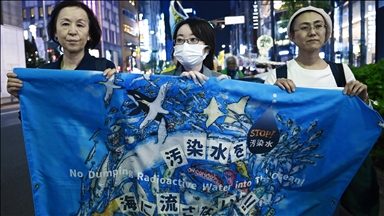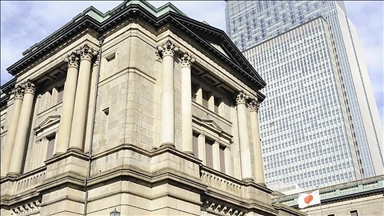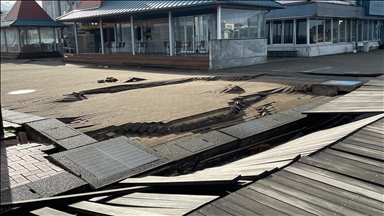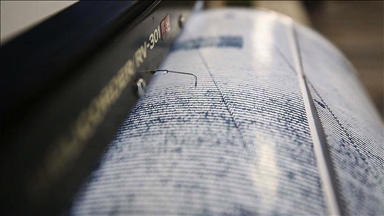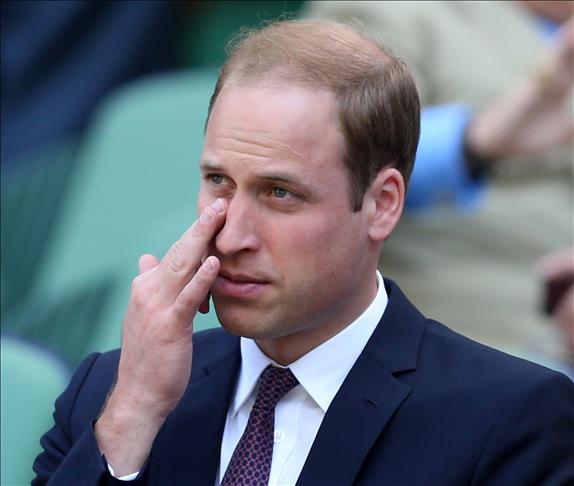
By Todd Crowell
TOKYO
Prince William’s first visit to Japan ended Sunday, marked by comparisons to both the more aloof Japanese imperial family and his late mother Princess Diana, who visited the country in 1995.
The future king’s relaxed manner and easy nature led many to compare his public appearances to those of Emperor Akihito and Empress Michiko, who very rarely interact with the Japanese public.
The gregarious Duke of Cambridge, travelling without his wife Kate, who is expecting their second child, happily posed for photographs wearing samurai armor, had tea with the emperor and empress and played with school children returning for the first time in four years to a playground not far from the devastated Fukushima nuclear power plant.
He also visited Commonwealth war graves in Yokohama, where his mother had paid her respects during her trip with Prince Charles 20 years earlier.
There were frequent echoes of that visit. The Japanese press insisted on describing the prince, 32, as “Diana’s first-born son.” As well as following in her footsteps when he signed the condolences book at Yokohama, he was also invited to take part in traditional Japanese tea ceremony hosted by 92-year-old master Genshitsu Sen, who presided at a similar event for Diana.
Everywhere he went he was greeted with calls of “konichiwa!” and William’s friendly attitude drew some unfavorable comparisons to the more reticent Japanese imperial family.
In fairness to the Japanese royals, the two countries have very different views on what they expect from their constitutional royal dynasties.
Until Japan’s defeat in World War II, the emperor was regarded as divine, with none of his subjects allowed to look directly on him. In 1945, the American occupiers struggled with how to define the new, no longer divine, monarchy and finally came up with a vague role as the “symbol of the unity of the people.”
In Japan, the relatively low-key emperor does not have his face on postage stamps or currency and, for the most part, the media respects and even abets his and his family’s privacy.
There is little, if any, tittle-tattle in the tabloid press, which does not exist in the same form in Japan as it does in Britain and the West. Nor is there the exhaustive examination and critique of what the crown princess is wearing.
The Japanese can go for months without being reminded that they even have an emperor. There is nothing to match such set-piece royal events, such as the ceremonial opening of parliament or the queen’s birthday parade. The closest the emperor comes is his annual appearance on the balcony of the imperial palace on New Year’s day.
From Japan, William flew to Shanghai on Sunday for a short visit to China. On the agenda is a visit to an elephant reserve in Yunnan province.
Anadolu Agency website contains only a portion of the news stories offered to subscribers in the AA News Broadcasting System (HAS), and in summarized form. Please contact us for subscription options.




